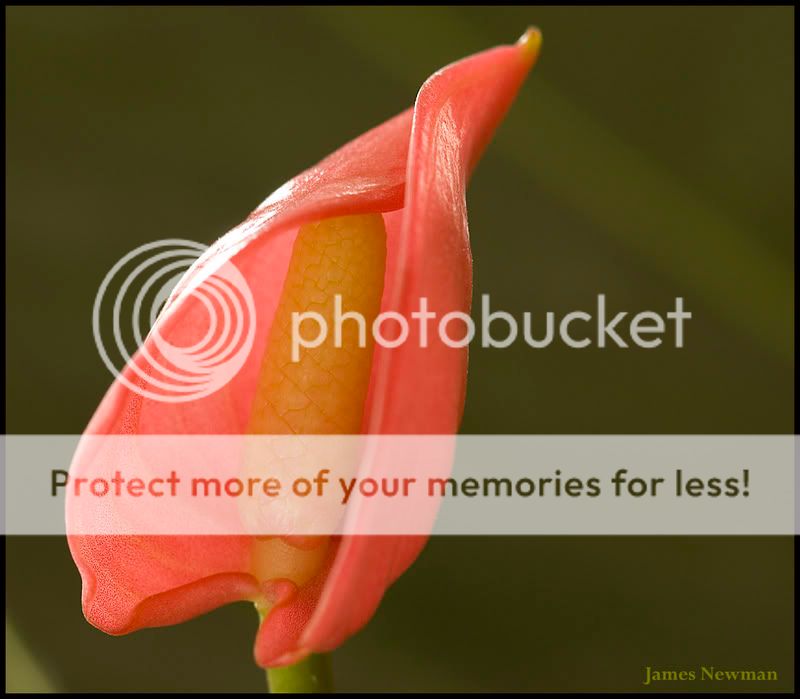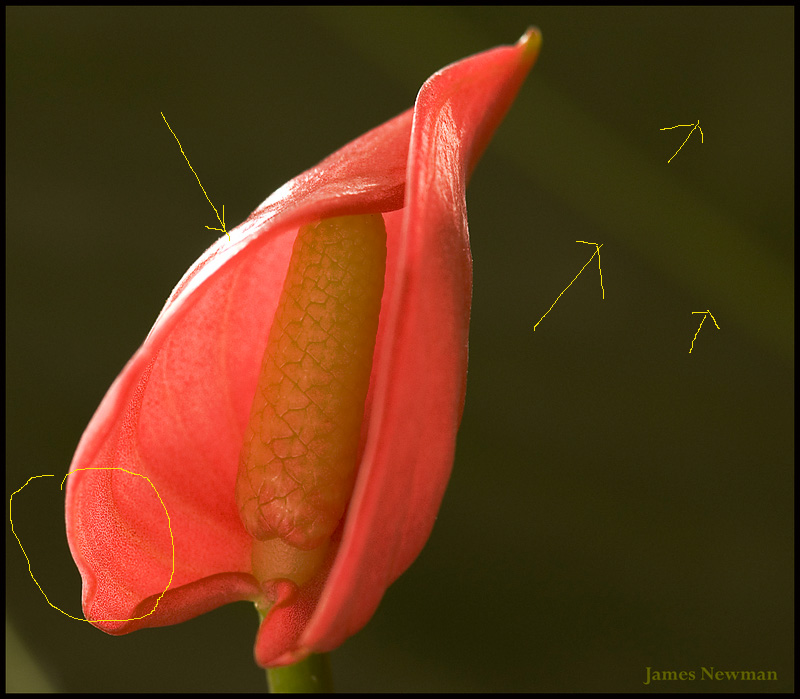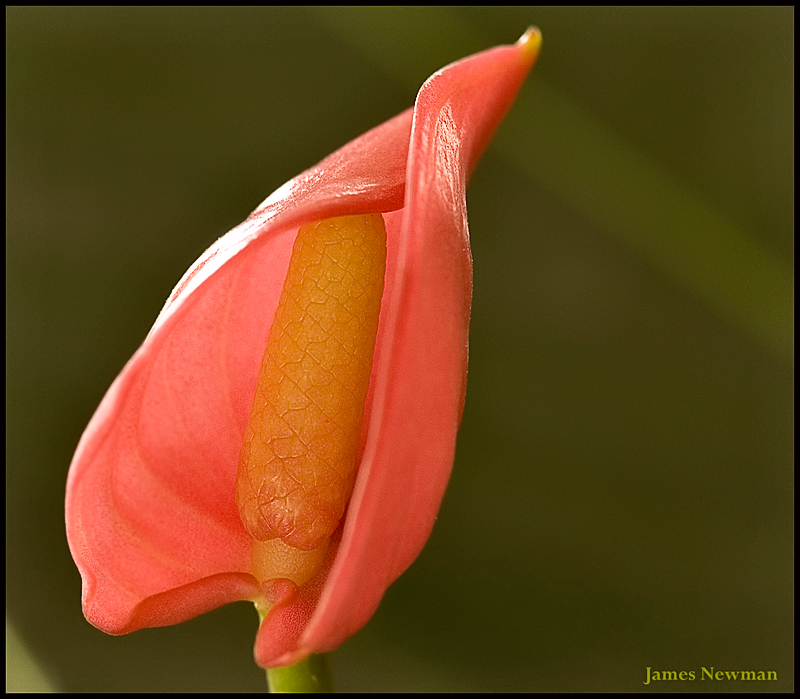James Newman
Member
Turnabout is fair play. She bought a collection of plants and flowers and brought them home for me to play with. I was very pleased with her selections as they lend themselves to some wonderful presentations. I am finding some of them quite sensual and even somewhat erotic in nature and I am having a blast just trying to find how many different ways I can photograph them. Do others see this kind of beauty in certain flowers or is it just me going senile? Here are a few that my wife really liked as well. They were all with the Nikon D40 using my 105mm f/2.8 macro lens and macro flash system. I am really liking this rig. Please feel free to tell me everything that you think is right or wrong with the photos. I'm searching for myself and trying to give a different view than just that of a regular flower shot. I see lines and surfaces and textures mainly and am looking for ways to use light that will accentuate these things in a more pleasant or eye catching way. I hope this doesn't sound like jibberish.








